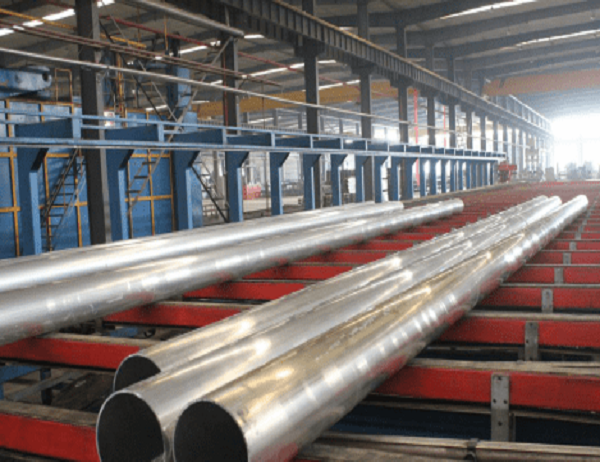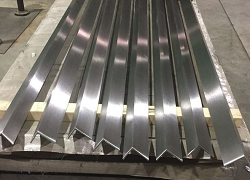Aluminum profiles are widely used in various industries due to their lightweight, strength, and corrosion resistance. However, manufacturing industrial aluminum profiles poses numerous challenges that require innovative solutions.
Material Defects and Quality Control
Material defects, such as cracks, inclusions, and surface imperfections, can compromise the performance and aesthetics of aluminum profiles. Stringent quality control measures are crucial to prevent these defects. Non-destructive testing techniques, such as ultrasonic and eddy current testing, are employed to detect flaws and ensure the integrity of the profiles.
Achieving precise dimensional accuracy and maintaining tight tolerances is essential for the functionality and interchangeability of aluminum profiles. Advanced machining technologies, such as CNC milling and wire EDM, are utilized to cut and shape the profiles to exact specifications. Statistical process control methods are implemented to minimize variations and maintain consistent quality.
The surface finish of aluminum profiles significantly affects their appearance and durability. Anodizing, powder coating, and painting are common techniques employed to provide corrosion protection, enhance aesthetics, and meet specific functional requirements. Proper pretreatment and post-processing steps are crucial to ensure the longevity and effectiveness of surface treatments.
Maximizing production efficiency and optimizing costs is crucial for the competitiveness of industrial aluminum profile manufacturing. Automated systems, such as robotic handling, conveyor belts, and computerized scheduling, are deployed to streamline processes, reduce labor requirements, and improve overall productivity. Optimization techniques, such as lean manufacturing and value stream mapping, are adopted to identify and eliminate waste and improve the cost-effectiveness of operations.
Environmental regulations and the growing emphasis on sustainability pose significant challenges for the aluminum industry. Reducing waste, energy consumption, and greenhouse gas emissions are essential aspects of responsible manufacturing. Recycling, cleaner production technologies, and energy-efficient processes are implemented to minimize the environmental impact and ensure compliance with regulatory standards.
Addressing the challenges in industrial aluminum profile manufacturing requires a multifaceted approach. Collaborative efforts between manufacturers, suppliers, and researchers have led to the development of innovative solutions that enhance quality, efficiency, and sustainability.
Advanced Technologies and Equipment
The adoption of advanced technologies, such as automated machinery, non-destructive testing equipment, and computerized process control systems, has significantly improved the efficiency and precision of aluminum profile manufacturing.
Process Optimization and Quality Management
Implementing lean manufacturing principles, statistical process control, and rigorous quality assurance measures ensures consistent accuracy and reduces the risk of defects throughout the manufacturing process.
Surface Treatment and Corrosion Protection
Research and development efforts have resulted in new surface treatment technologies that provide superior corrosion resistance, durability, and aesthetics. Environmentally friendly and energy-efficient surface finishing processes have also been developed.
Sustainability and Recycling
By embracing recycling initiatives, implementing cleaner production methods, and reducing energy consumption, aluminum profile manufacturers can minimize their environmental impact and contribute to a more sustainable future.
Conclusion
Addressing the challenges in industrial aluminum profile manufacturing requires collaborative efforts, innovative solutions, and a commitment to continuous improvement. By embracing advanced technologies, implementing process optimization techniques, and prioritizing sustainability, manufacturers can enhance quality, boost efficiency, and respond to the evolving demands of the industry while minimizing their environmental impact.



